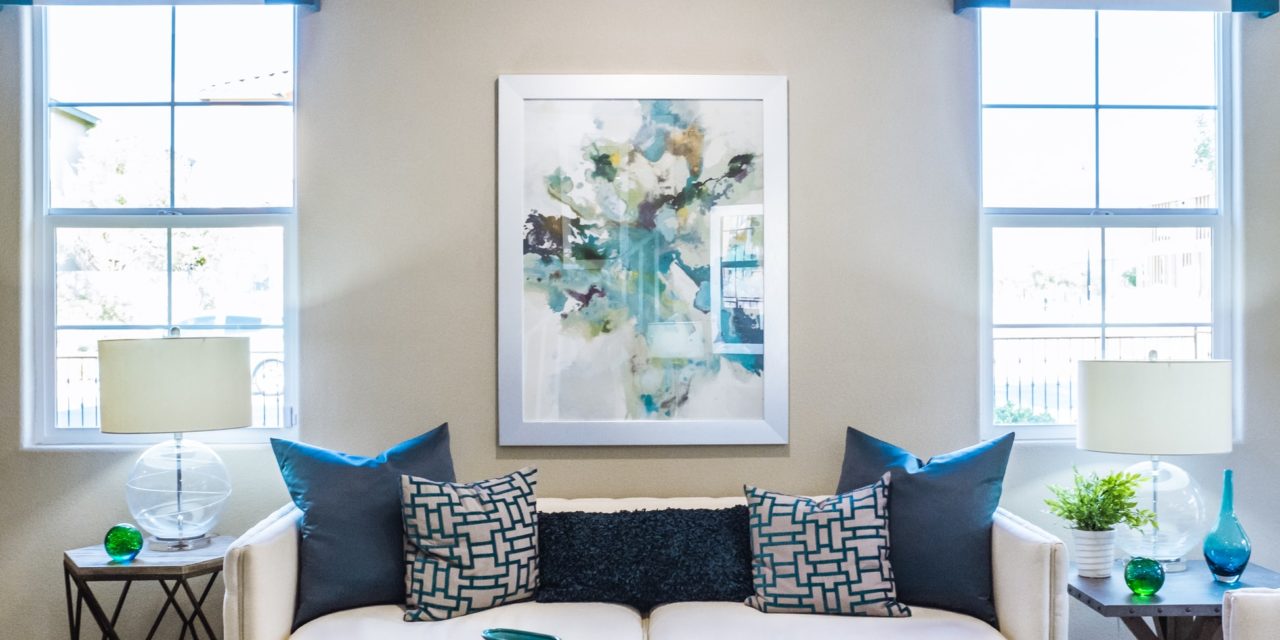[ad_1]
Definition
“Action Painting” is a term used to describe artworks where artists apply paint freely and spontaneously, in order to create compositions that emphasize colors, textures, and patterns. The actions of applying paints freely and spontaneously are the main concerns of this style. Resulting artworks are the lasting, relics of free-form, substance motions. Some artists claim that vague emotions or abstract expressions are involved.
Drip, Drop, Splatter And Run
American artist, Jackson Pollock is probably the most familiar action painter who created his famous works during the 1940's and 1950's. Pollock became widely known in the '50's for his “drip paintings”, where he applied liquid paints to large pieces of canvas cloth that he laid flat and walked around, using hardened brushes and other implements to drip, splatter or curl falling columns of liquid into various designs. In all instances of creating his action paintings, the motions of actual fluids eventually stopped, coming to rest as dry artifacts in the originally wet substrates. These dry artifacts could hang on walls as “finished” products.
Dynamic Designs
By comparison, I am an artist who deals with paintings that are never “finished.” I deal with original artworks that cannot exist as nouns in their original substrates. The original materials of my art require that observers view their existences as continuous verbs. These materials, in their liquid states, therefore can never hang on walls. The only possible lasting artifacts of their active forms are photographs. My photographs capture peak moments of beautiful patterns that disperse quickly. I call this style of painting by the name, “fluidism.”
Characteristics Of The Style
Fluidism involves anomalies of the art world that few people fully realized before the invention of cameras. Ancient Chinese priests had some knowledge of these phenomena, but the priests could not record the phenomena that only cameras can record today. The priests used rice paper to imprint designs caused by ink's dispersing in pools of water. Again, these artists captured dry patterns.
I, on the other hand, capture wet patterns. My camera is much more effective than rice paper, capable of allowing me to peer deep within liquid mixtures during their most fragile, perfect moments of change. I record these natural designs of nature shortly before they disappear forever. As the ancient Chinese priests did, I often start with a pool of water. Similar to Jackson Pollock, I then drop acrylics and mineral oil into the mix. Sometimes I add colored oils, glycerin or egg whites. My main canvases are liquid surfaces. My main technique consists of improvisation, observation, trial, error, and critical review of the images I capture.
Universe As Artist
I allow forces and motions of the wet substances themselves to create the patterns. I set up containers, viscosities and other circumstances for flow. Available sunlight is my illumination. My tools consist of a film camera, a tripod, and the best 35mm color slide transparency film I can find. After a photo lab develops the color transparency film and creates digital scans on a picture CD, I further enhance the images slightly for contrast and color.
In fluidism art photography, most of the work is in the preparation and in the self-editing of images to select the most outstanding shots. Nature creates. I collaborate to reveal a talent far greater than mine alone.
© 2011 Robert G. Kernodle
[ad_2]
Source by Robert Kernodle


